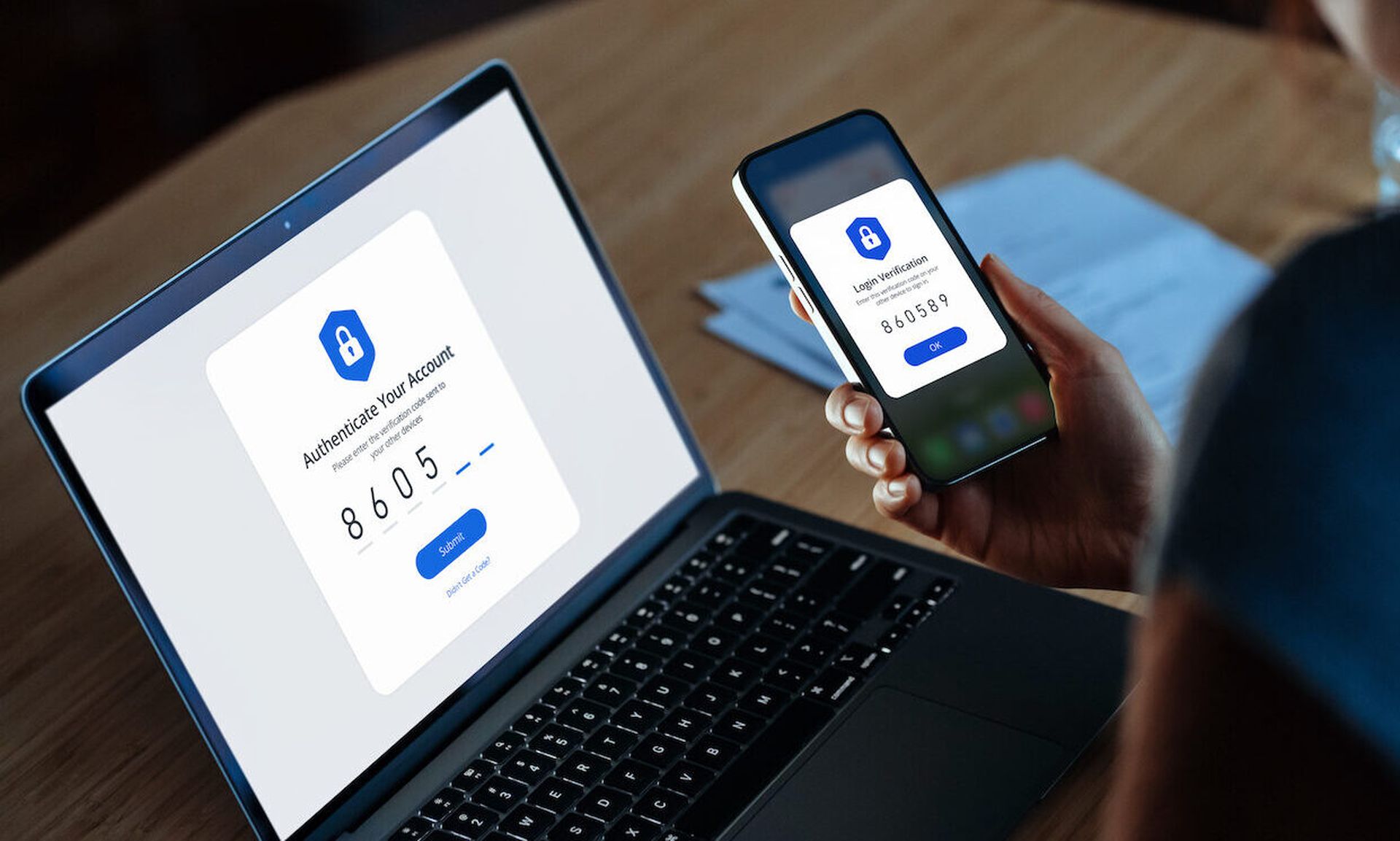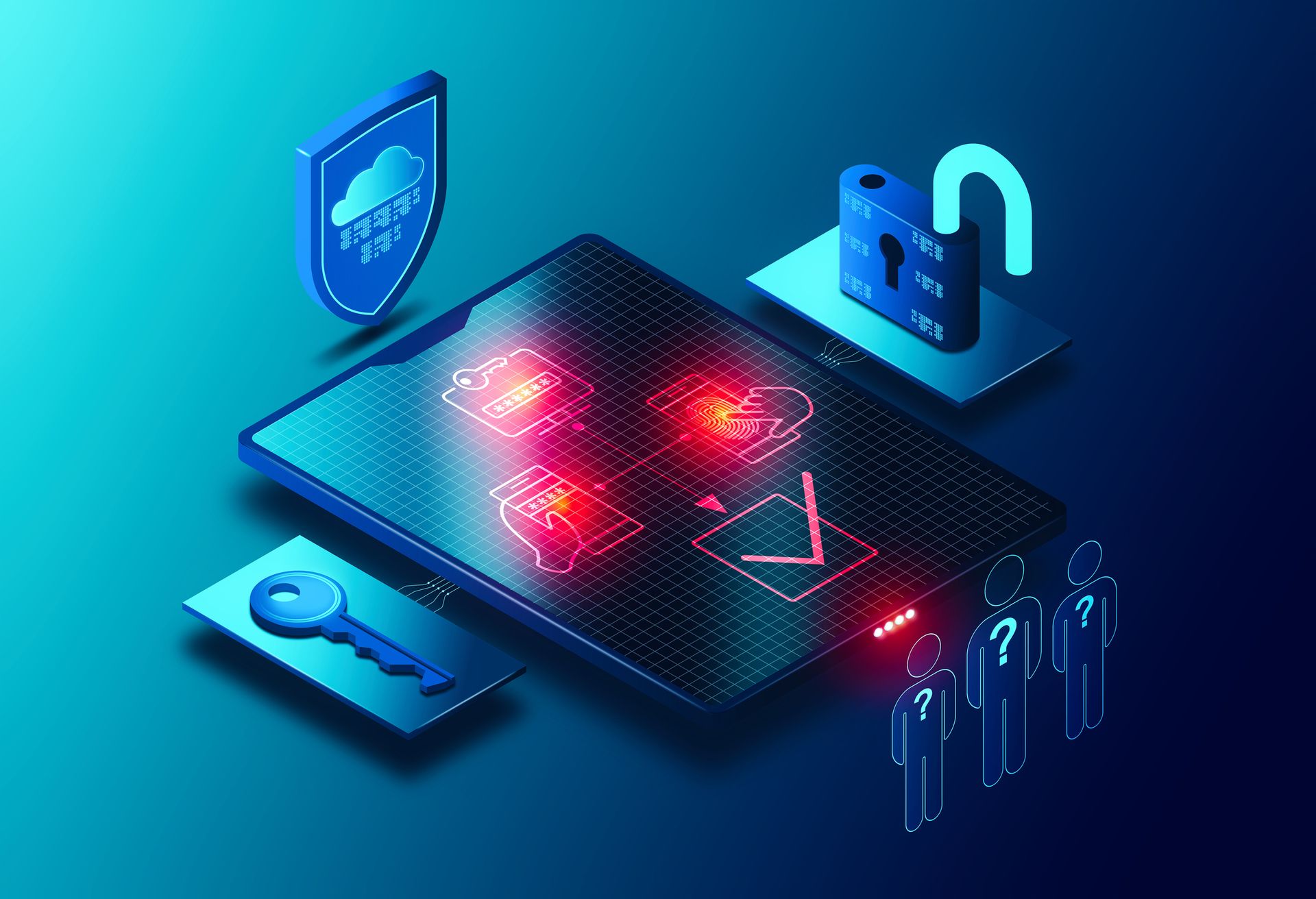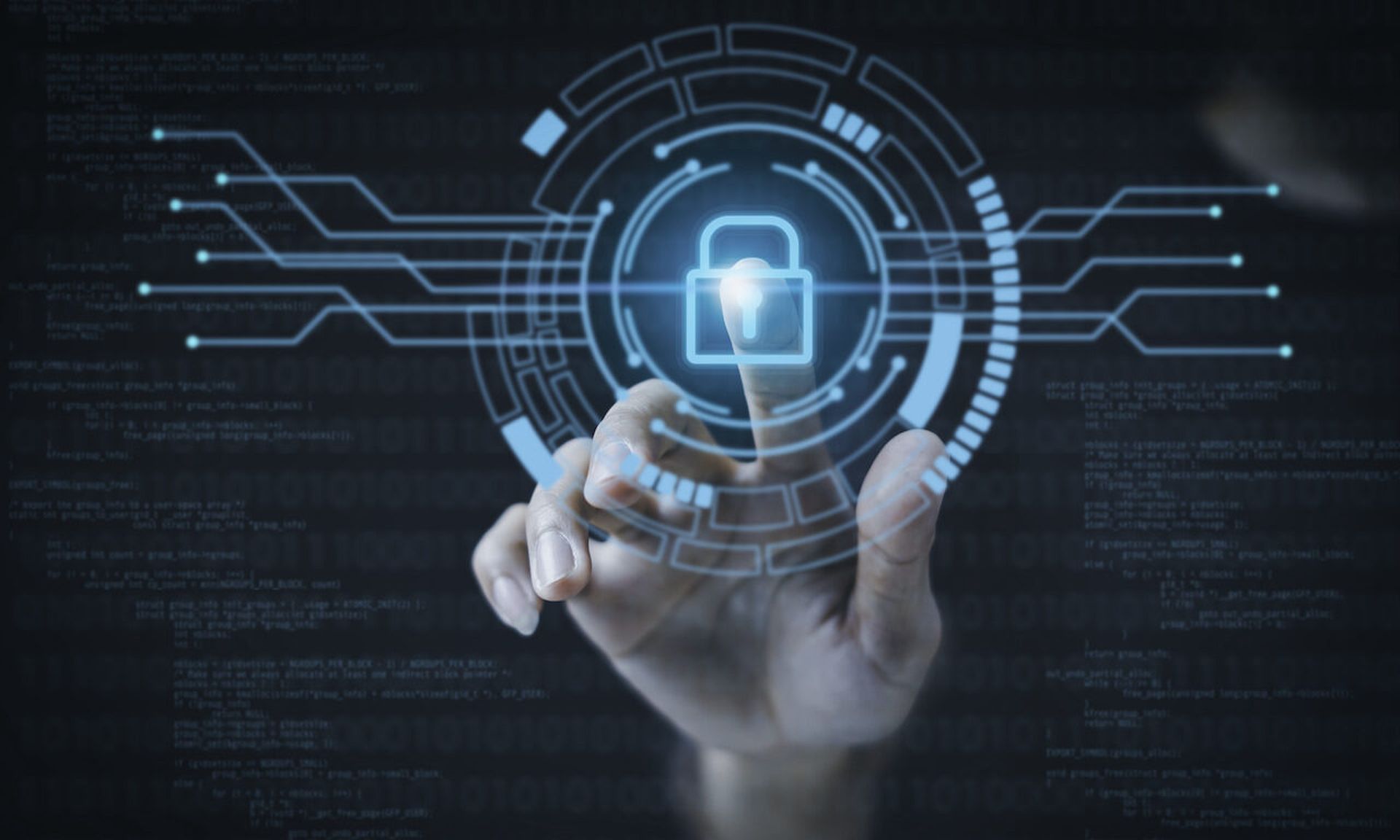An organization’s identity and access management (IAM) practices can make or break the business. If these controls are lax, unauthorized access to important digital assets is just a matter of time. If they are too stringent, user convenience takes a hit as employees, partners, and customers struggle with multiple layers of verification that slow down business processes.
It’s in every company’s interest to strike a balance between these two extremes while ensuring regulatory compliance. In most cases, this means going beyond traditional password-based authentication alone, minimizing privileged accounts, and taking the route of zero trust.
Behind the facade of each area, there’s a mesh of mechanisms that are often difficult to combine into an effective whole. A comprehensive IAM system helps take up this challenge. However, not all such systems are created equal, and every organization has a unique checklist of requirements based on industry, business hierarchy, and regulatory climate.
While the features vary, a solid IAM system has five fundamental components that fit well into any enterprise environment and underpin a robust security posture. Here’s a summary:
- Centralized password management: This reduces human error by enforcing domain-wide password policies based on readily available or custom templates. The IT team uses a single console to specify the password complexity level, password age, reset procedure, and employee alerting methods. The system offers real-time feedback during password change events and blocks combinations that match known-leaked credentials.
- Passwordless authentication support: Passwordless mechanisms extend the efficiency of multi-factor authentication (MFA) by adding biometrics and trusted devices to the mix. Today, this principle underlies both digital and physical security scenarios. The company can combine it with technologies such as iris or fingerprint scanners and AI-powered cameras to manage physical access to premises.
- Single Sign-On (SSO): With SSO in place, a user logs in to one application or service – and they are automatically granted access to other connected systems without having to enter their credentials again. The central identity provider issues a unique token and validates it when the user tries to access another digital asset within the same organizational ecosystem. This technique improves the user experience, and it also centralizes authentication processes and reduces the likelihood of weak passwords or password reuse.
- Hassle-free account management: IAM should streamline the process of onboarding and onboarding users and ensure consistency across systems by synchronizing user identity information across applications and directories. Role-based access control (RBAC), another important feature in the toolkit, ramps up access management by assigning permissions based on job roles, thus ensuring least privilege access.
- Audit and compliance reporting: With the increasingly high regulatory standards regarding data security, IAM must maintain logs and deliver detailed reports reflecting a digital trail of any employee’s access to organizational resources. This helps the company demonstrate compliance with regulatory requirements.
IAM evolution under way
IAM has become a dynamic field that keeps pace with technological advancements. One prominent vector of this evolution involves the distributed ledger (blockchain) technology. With its decentralized and tamper-proof nature, it’s a foundation for features such as self-sovereign identity (SSI) and immutable audit trails for compliance-sensitive environments. Blockchain’s full potential for IAM has not been fully realized, but it appears to hold significant promise.
User and entity behavior analytics (UEBA) is another emerging area. By identifying deviations from normal patterns of user behavior in real time, it can help detect insider threats and advanced persistent threats that might fly under the radar of traditional security measures.
There’s also an intensifying trend toward zero-trust architecture that assumes no entity, whether inside or outside the organization, can be trusted by default. IAM systems implementing this approach continuously verify the identity and trustworthiness of users and devices, even if they are within the corporate network.
Some of these approaches haven’t gone mainstream yet, but the constant rise in cyberattacks will likely accelerate their implementation across the IAM territory. A single compromised set of credentials can become a launchpad for breaching the whole company, so CISOs and their teams should make protecting such data top of mind.
David Balaban, owner, Privacy-PC




